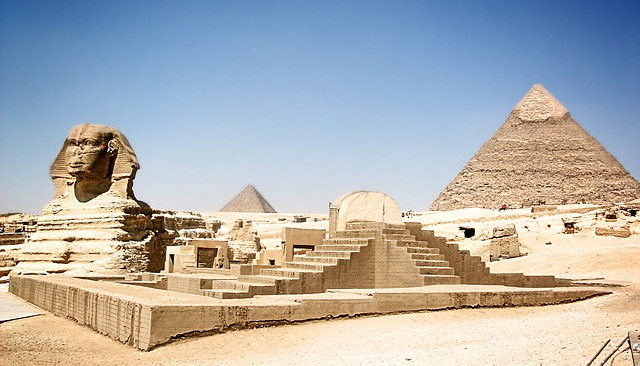
During an excavation program on the eastern rock escarpment of the northern Saqqara plateau, a team of archaeologists, that included experts from Japan and Egypt, discovered a Roman catacomb from the first or second century AD. This mission was led by Prof. Nozomu Kawai of Kanazawa University who said that they are the first team of researchers to conduct an investigation at this ancient site.
Originally built by Romans, Catacomb is an underground cemetery consisting of a subterranean gallery with recesses for tombs. There are several famous catacombs around the world such as Catacombes de Paris, Capuchin Monastery Catacombs, Catacombs of Kom el Shoqafa and Brno Ossuary. The Romans took control of Egypt in 30 BC and ruled for over 600 years.
After the recent discovery in Egypt, the director of this excavation project Kawai revealed that the Roman-era catacomb consists of a curved mud-brick structure with a staircase which leads to the entrance, including a rock-cut chamber made of fine limestone. During the research the archaeologists also found two-line Greek inscription as well as a niche holding a round-topped stele depicting Egyptian deities such as Sokar, Thoth and Anubis.
Kawai suggests that when the team searched the front section of the stele, they discovered five terracotta figurines of Isis-Aphrodite, who is a form of the great goddess Isis that emphasizes the fertility aspects associated with Aphrodite, Roman ramps and small pottery vessels. From another section of the catacomb, the archaeologists found a pair of symmetrical guardian lion statues made of limestone, each one measuring 55cm in length, 33 cm in height and 19 cm in width.
A hall, almost 15m in length and two meter in width was found in the rock-cut chamber where researchers noticed small chambers on the side walls. It should be mentioned that the catacomb also consisted of a number of human remains as well as mummies. Not only from the inside, but archaeologists also found a number of burials, possibly dating from the Roman period to the Coptic period from the outside of the catacomb.
As per Kawai, the ancient objects, especially the statues of Isis-Aphrodite and lion, as well as the stele has showed a combination of Egyptian and Greco-Roman style. He believes that further research in Saqqara will reveal more details on burial customs and religious practices during the Roman period in Egypt.









